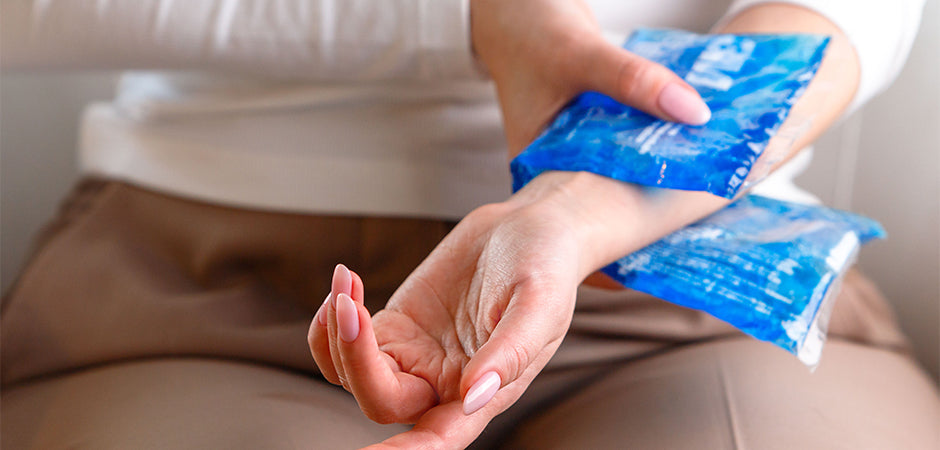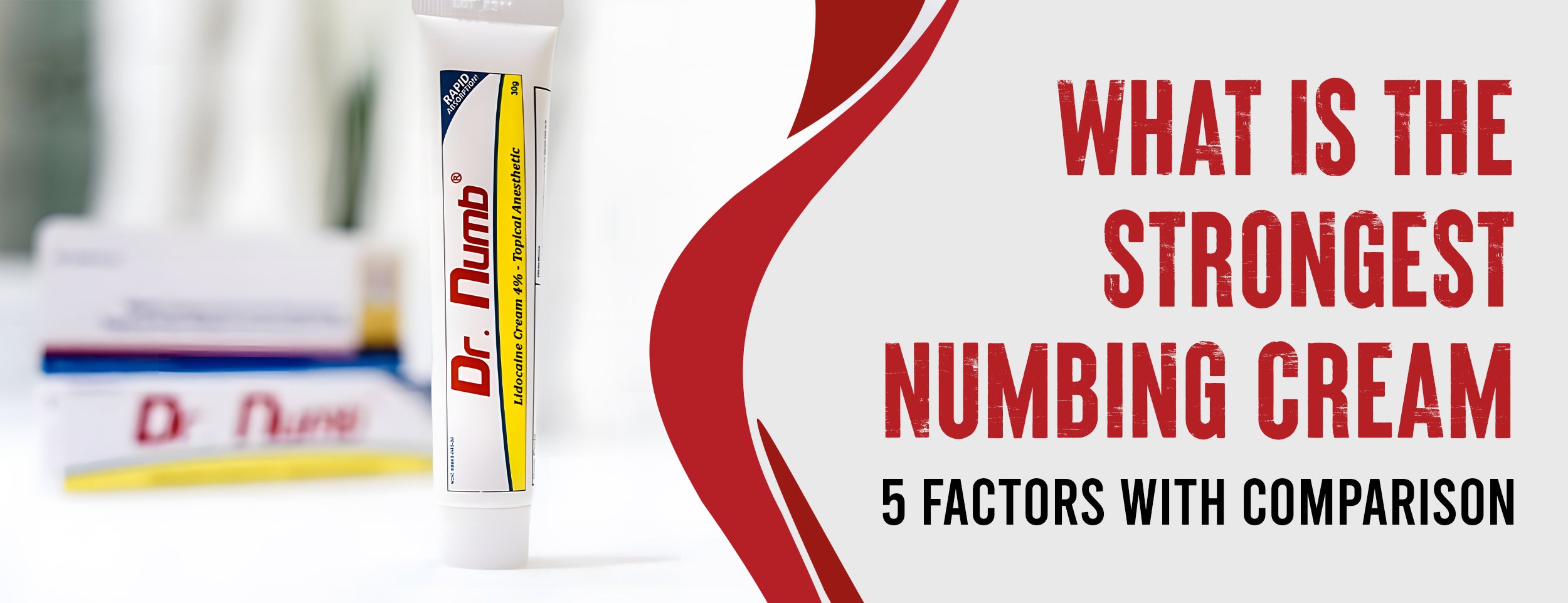An allergic reaction to lidocaine may show a swollen, itchy rash with raised or blistered skin, signifying a severe issue. If someone has hypersensitivity to amide-based local anesthetics, seek immediate medical help for treatment. Avoid lidocaine if allergic reactions happen.
You can alleviate the redness and inflammation associated with an allergic reaction to numbing cream by taking non-sedating antihistamines and applying a topical steroid cream twice daily.
If the response worsens, a healthcare provider should be consulted. When redness and burning persist, zinc oxide OTC preparations may be helpful.
This blog post will discuss how to treat allergic reactions to numbing cream immediately and how to prevent future reactions.
How to Treat Allergic Reaction to Numbing Cream: 8 Steps

Allergies to numbing creams are startling and uncomfortable. Controlling the situation can be easier if you know what to do immediately. Here's a guide on immediate steps to take if you are allergic to numbing cream.
Fast Removal of Numbing Cream
When you notice an allergic reaction, the first thing to do is to remove the numbing cream quickly. This helps prevent further irritation or worsening of symptoms. Wipe off the cream gently with a damp cloth.
Cleaning the Affected Area
Once the cream is off, it is essential to clean the area thoroughly. This form of first aid helps remove any remaining cream on your skin. Use gentle soap and warm water, and avoid harsh rubbing, which could cause more irritation.
Taking Swift Action
Act fast when you notice symptoms like redness, itching, or swelling. This quick response can prevent the reaction from getting worse.
Rinsing Off the Cream Completely
After wiping off the cream, rinse the area well. This ensures no cream is left on your skin, which could continue to irritate it. Lukewarm water is best for this, as hot water could worsen things.

Thinking About Over-the-Counter Remedies
Corticosteroid creams can reduce inflammation and itching on the skin. Over-the-counter remedies, such as creams and antihistamines, can relieve allergic reactions. Ensure their safety by consulting a medical professional.
Using Antihistamines and Possibly Diphenhydramine
Antihistamines can help ease symptoms of an allergic reaction. They block histamine, a substance in your body that causes allergic symptoms. Use these as directed on the package or as your healthcare provider advises.
Using Steroid Creams to Relieve Inflammation
Steroid creams can also help by reducing inflammation and soothing your skin. These creams are often over-the-counter, but it's always best to check with a healthcare provider to ensure they are right for you.
Knowing When to Seek Professional Medical Help
Knowing when home treatments aren't enough is essential, and it's time to get professional help. You should seek medical attention if:
- Symptoms persist or worsen even after using OTC medications.
- You feel dizzy, have difficulty breathing, or have swelling in your face or throat.
Prevent Future Allergic Reactions to Numbing Cream

Navigating the skincare world can seem tricky, especially when dealing with products like numbing creams that can cause allergic reactions in some people. Here's a guide on preventing these reactions in the future.
New Product Patch Tests
A patch test is like a safety net for your skin. It’s a simple method that can prevent unpleasant allergic reactions.
- What is a Patch Test: To perform it, apply a small amount to a discrete area of your skin, such as your inner wrist or behind your ear. You then wait 24 to 48 hours to see if any reaction occurs.
- Why is it Important: Patch testing helps identify whether your skin will react negatively to a new product. It's a proactive step to ensure your skin's health and well-being.
Tips for Selecting Hypoallergenic Numbing Creams
When choosing a numbing cream, hypoallergenic options are your safest bet. Their design reduces the risk of allergic reactions. Here are some tips to guide you:
- Read Labels Carefully: Look for creams labeled as 'hypoallergenic.' This means they have been tested and found to have a lower risk of causing an allergic reaction.
- Avoid Certain Ingredients: Some chemicals are more likely to cause allergies than others. Try to avoid products containing parabens, fragrances, or dyes.
- Consult a Dermatologist: If you need more clarification, seek professional advice. A dermatologist can recommend suitable products based on your skin type and history of allergies.

Other Alternatives to Numbing Creams
If you've been allergic to numbing cream, you might hesitate to try another one. But don't worry, there are other options available:
- Topical Anesthetics: These are available in different forms like gels or sprays and can be a suitable alternative.
- Cold Compress: Applying a cold compress to the area can help numb the skin and reduce pain.
- Over-the-Counter Pain Relievers: Non-prescription pain relievers like ibuprofen can help manage discomfort.
Conclusion
This is your comprehensive guide to understanding and dealing with allergic reactions to numbing creams. Remember, knowing the potential risks is just as vital as knowing the benefits of these creams. In case of an allergic reaction, act swiftly, remove the cream, cleanse the area thoroughly, and consider over-the-counter remedies.
Preventing problems is better than curing them. Before using a new product, choose hypoallergenic numbing creams and explore other alternatives if necessary. Your health and well-being should always take center stage. So arm yourself with knowledge because being informed is half the battle won regarding skincare. Stay safe and stay informed.










![Numbing Cream Safety: 3 Factors & 3 Expert Insights [with 2 Preventions]](http://drnumb.com/cdn/shop/articles/Is_Numbing_Cream_Safe_3_Factors_3_Expert_Insights.jpg?v=1713768688)

![Numbing Cream For Face: 7 Factors & How to Apply [8 DIY Steps]](http://drnumb.com/cdn/shop/articles/Numbing_Cream_For_Face__7_Factors_How_to_Apply_8_DIY_Steps.jpg?v=1710829003)

